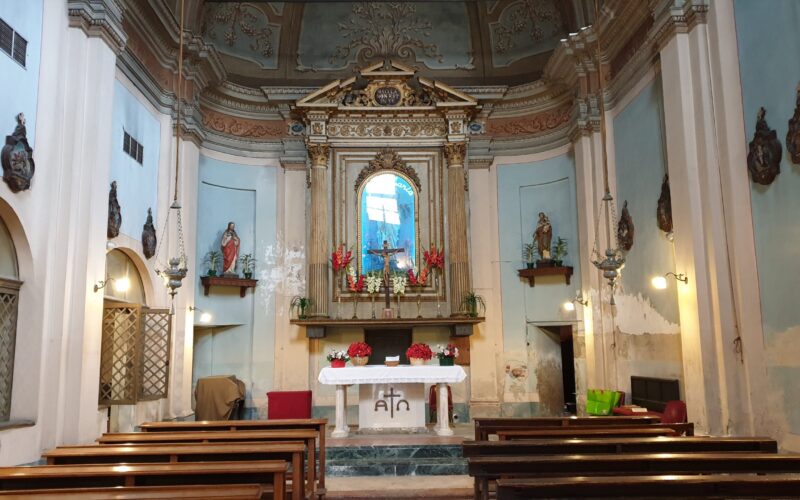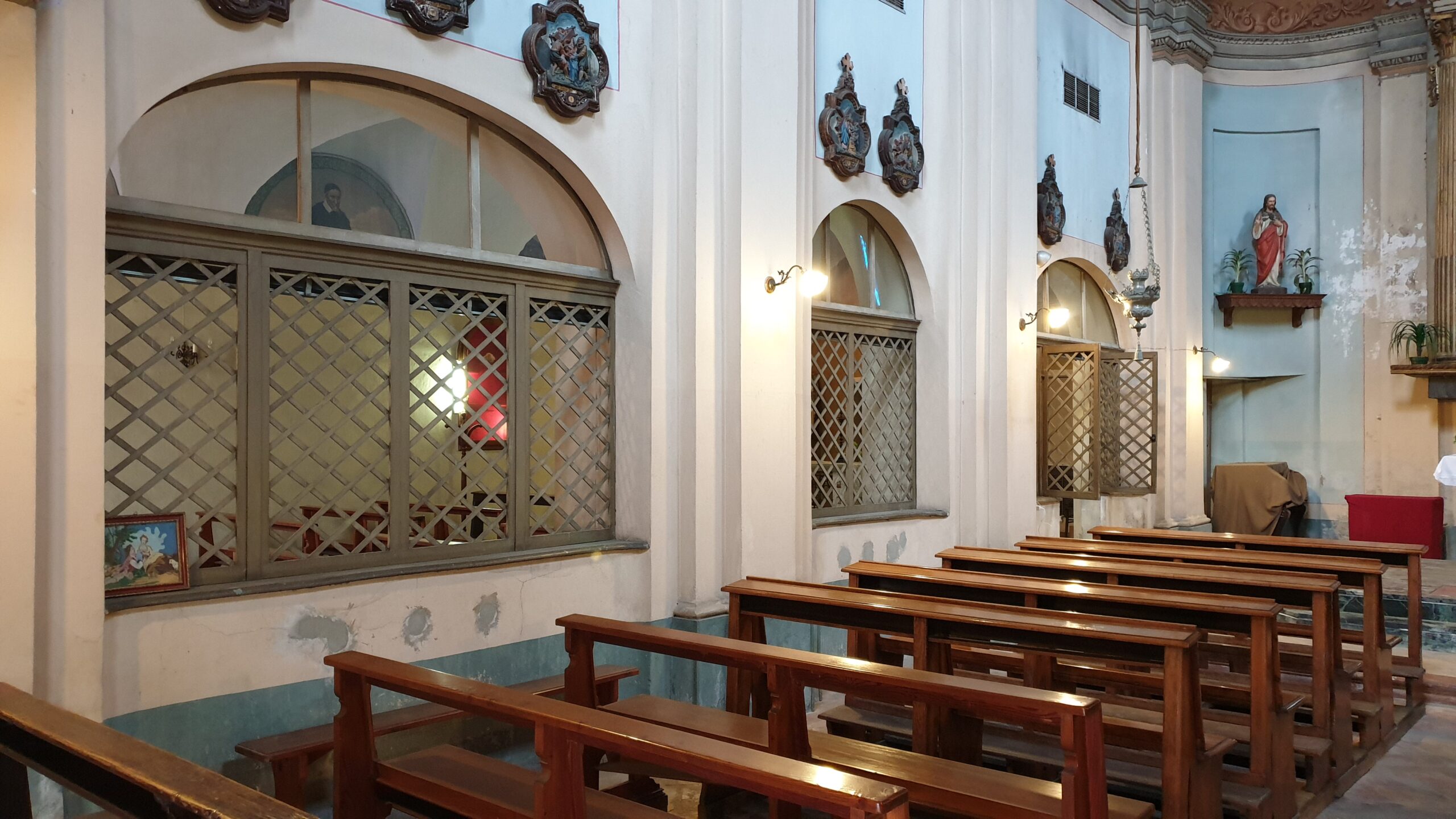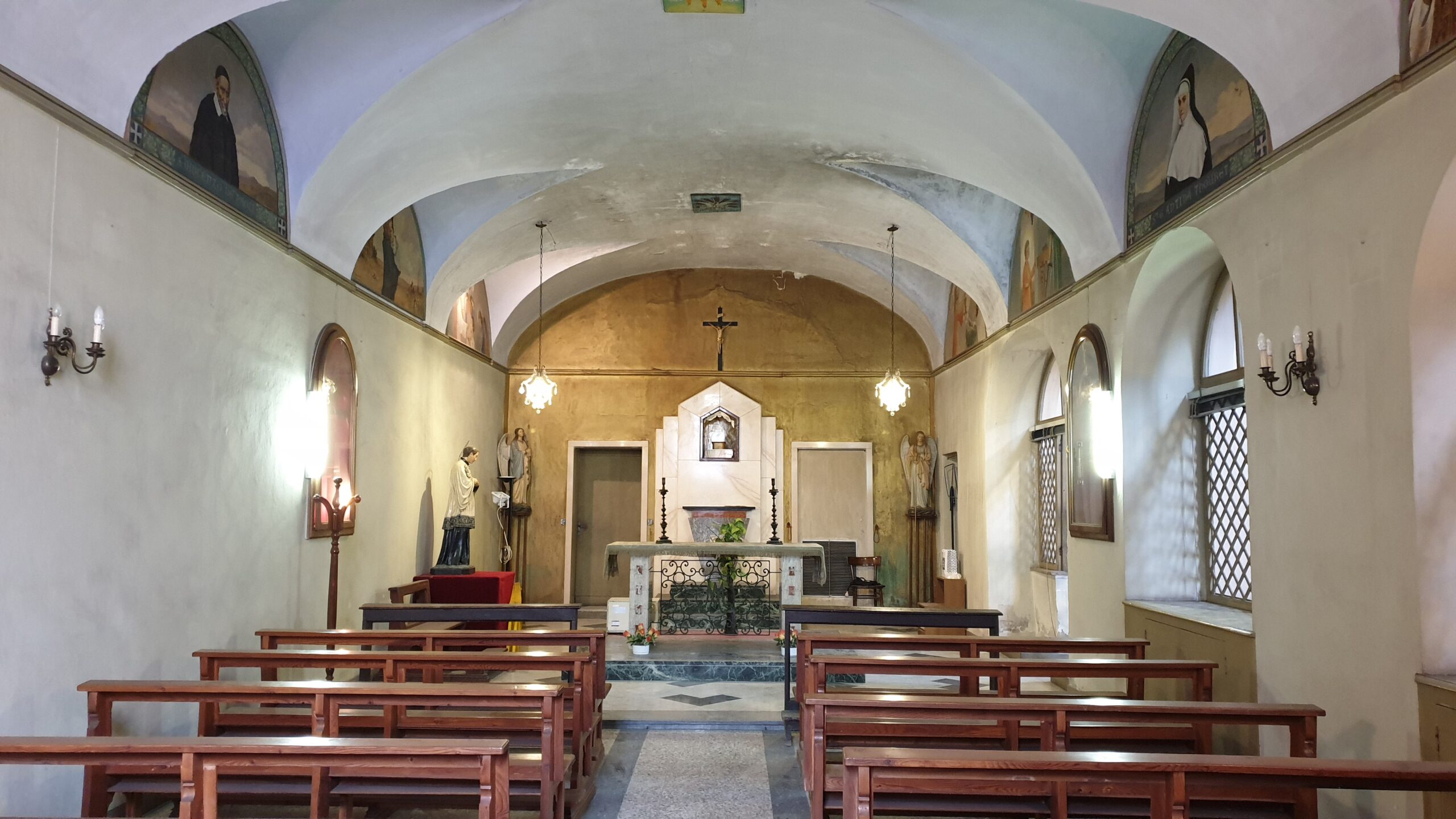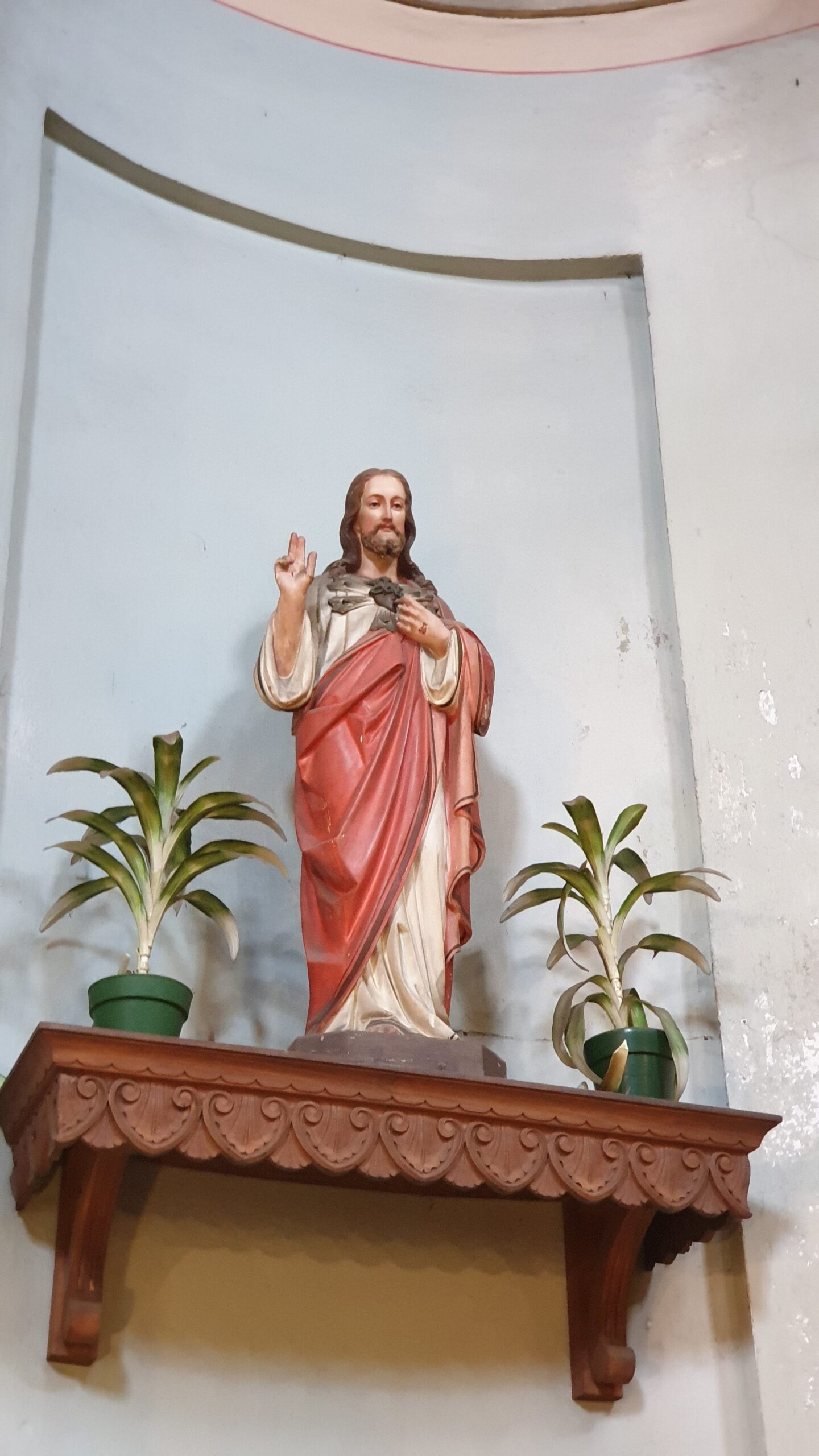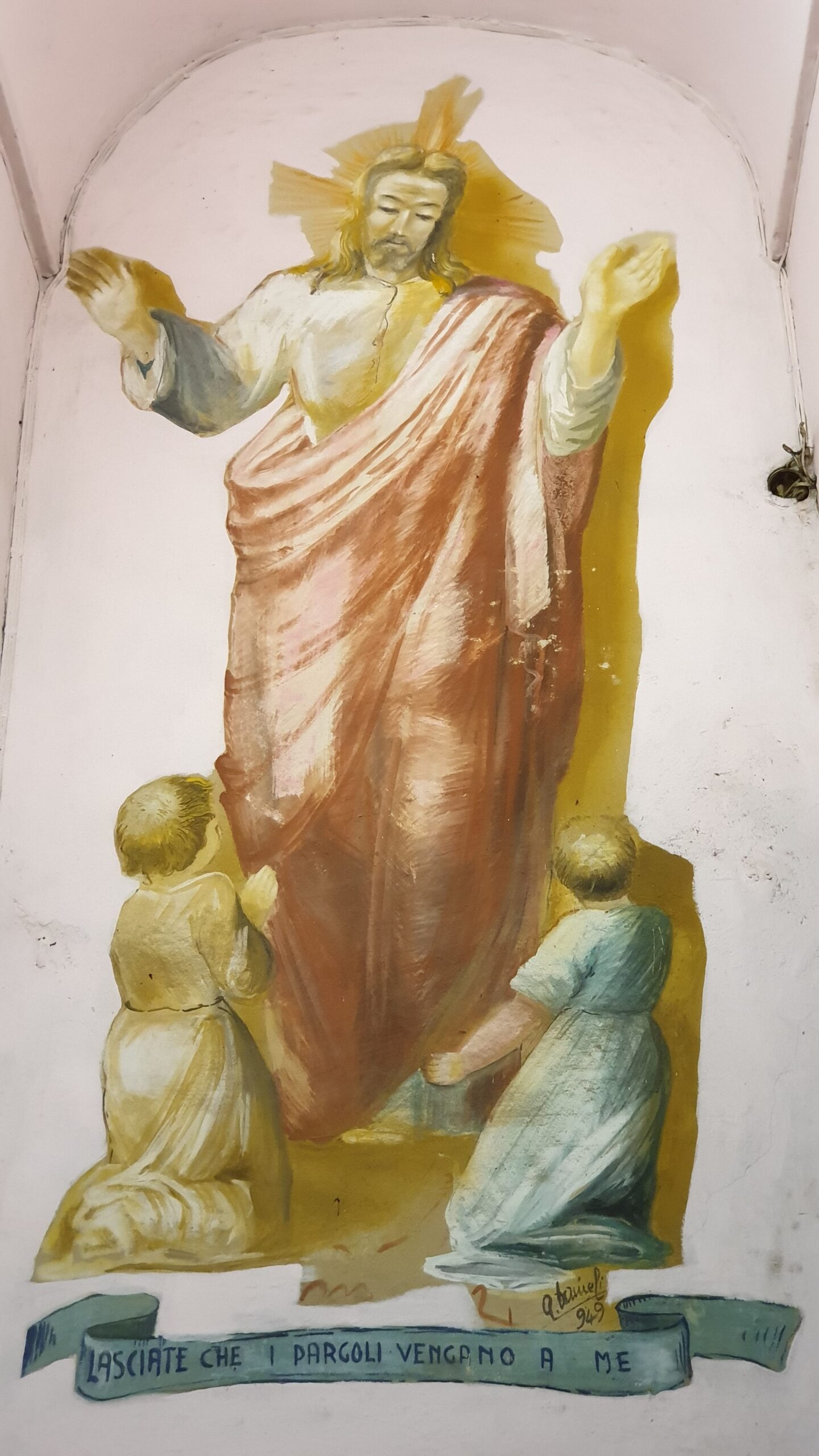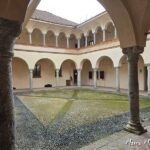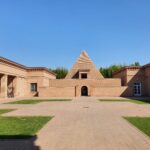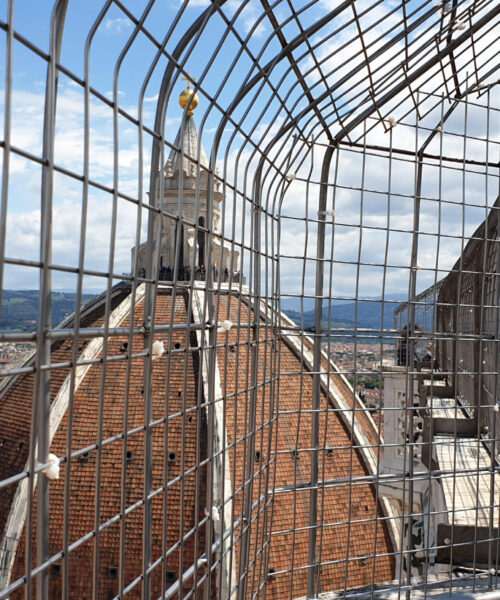There are places that, hidden from the majority, whisper forgotten stories, remnants of a past that reveal themselves only to those fortunate enough to discover them. These hidden corners, though not celebrated in the annals of art, encapsulate the essence of past lives, narrating tales that deserve our attention just as much as the more famous works.
One such place I captured several years ago: the Church of the Immaculate Conception, situated in the ancient heart of Vercelli, my city. This 18th-century building, adjacent to the old Poor House, once a refuge for children and youths from struggling families, shines with a melancholic light.
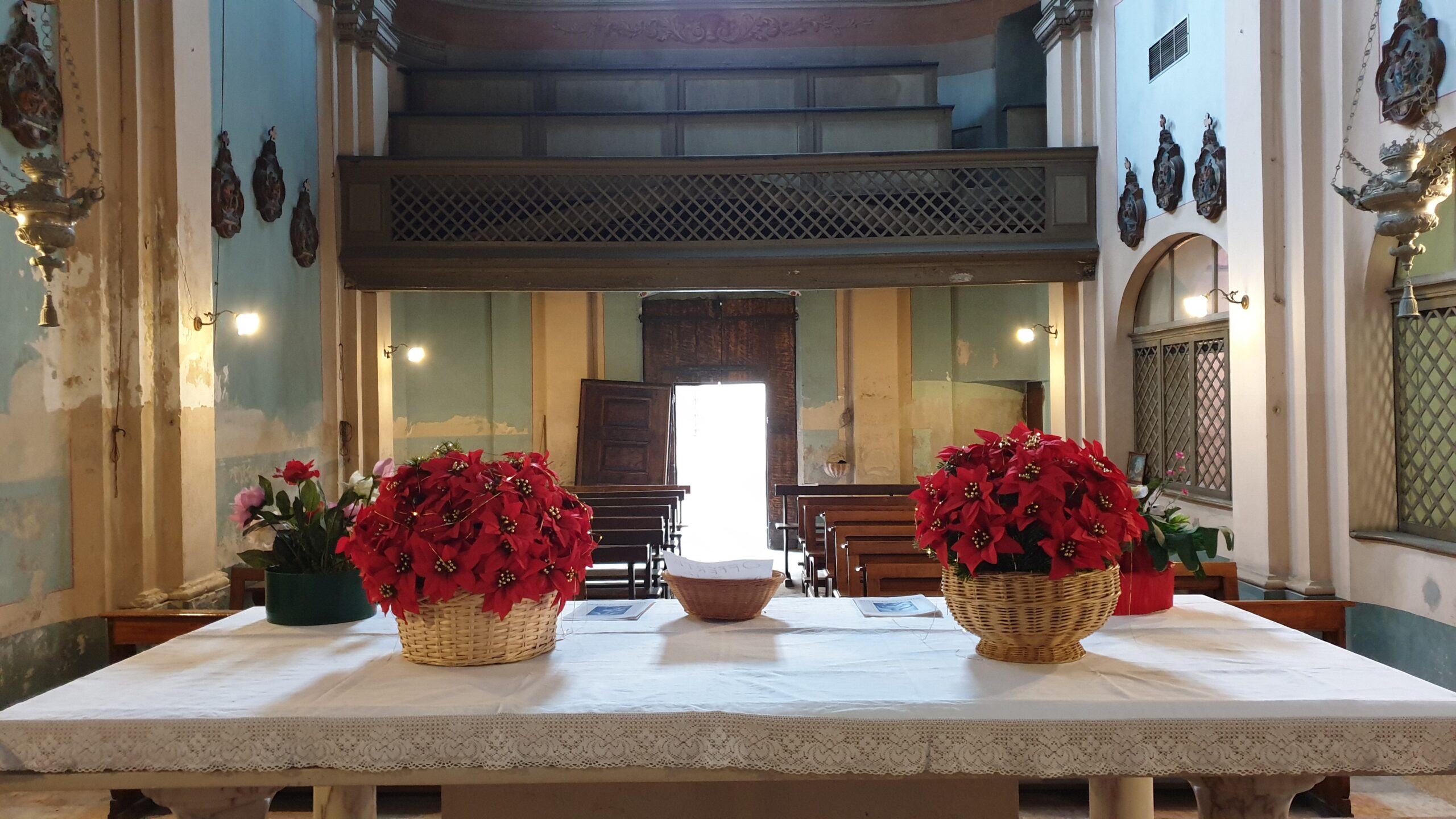
The Poor House, established by royal edict on May 19, 1717, and transferred to the management of the Congregation of Charity in 1852, used the Church of the Immaculate Conception for Sunday masses for the young residents. The memories of those times are condensed into an anecdote whispered by the then custodian of the church, a kind man who allowed me to explore this hidden treasure.
The statue of Christ, now high beside the main altar, was once within everyone’s reach. In the pews of the main nave sat the “ciudin,” the boys of the Poor House, so called for the small nails in the heels of their shoes that echoed on the cobblestones of the streets. The girls, on the other hand, attended mass from the adjacent room, separated by a grate, which was later even covered by curtains to avoid any furtive glances.
Boys and girls were strictly separated: even the courtyard of the Poor House was divided by an impenetrable wall. The only moment they could see each other was during mass, through the grate, with stolen and forbidden glances, unable to touch or speak to each other.
The statue of Christ became their love messenger. Despite the prohibitions, the “ciudin” had found an ingenious way to communicate: they hid notes behind the statue. The custodian, a former ciudin, told me how those pieces of paper carried words of affection and secret dreams, a sort of primitive chat that made the hearts of the young residents beat faster.
Those notes, now forgotten, contain the echo of laughter and sighs, once light and full of hope. Walking through the church, I imagined the lives intertwined in those messages, the thrill of a bygone era that lives on in the silent walls and shadows of the empty pews. In these hidden places, where time seems to have stood still, resides the nostalgia of a past that continues to speak to those who know how to listen.

